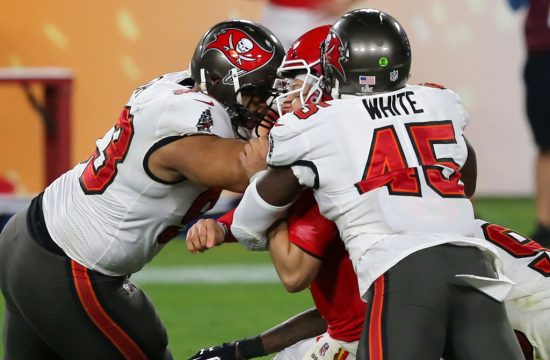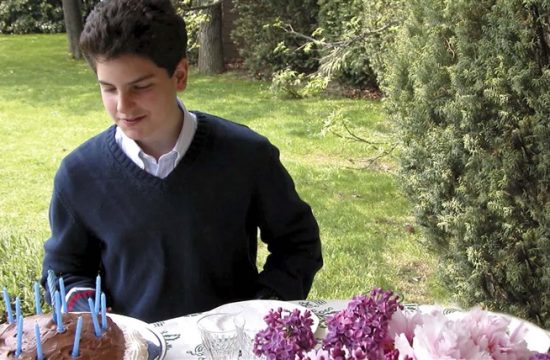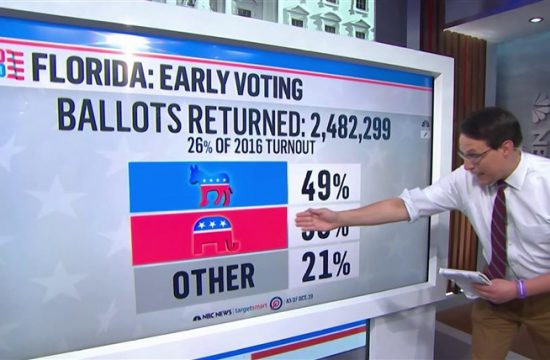Health experts say it’s no surprise that New Orleans is the epicenter of the coronavirus crisis in hard-hit Louisiana, after over a million people flocked to the city to celebrate Carnival for more than a month, culminating in Mardi Gras at the end of February.
Gov. John Bel Edwards on Tuesday requested a Major Disaster Declaration for the state as the number of cases rose to 1,388 cases in 43 of Louisiana’s 64 parishes, according to the state’s health department.
At least 46 people have died.
“It is still impossible to know exactly how long the COVID-19 pandemic will impact Louisiana, but what we do know is that we have more cases per capita than every state, except for New York and Washington,” Edwards said Tuesday. On Sunday, he issued a stay at home order in an effort to slow the rapid rise of cases.
While some parishes appear to be unaffected, Edwards said testing just hadn’t caught up. “We shouldn’t delude ourselves. It’s in every single parish,” he said.
But New Orleans, with 567 of the state’s cases — 20 that led to death — is by far the epicenter of the pandemic in the state. At least nine of the people who died resided at Lambeth House, a New Orleans retirement home and nursing facility.
Doctors and residents think Carnival, which runs from Jan. 6 to Fat Tuesday on Feb. 26 and draws about 1.4 million revelers from around the world, could have been a contributing factor to the outbreak in New Orleans and all of Louisiana’s parishes.
Let our news meet your inbox. The news and stories that matters, delivered weekday mornings.
“I think it came during Mardi Gras given the timing of it. Someone brought it here and then it starts spreading slowly,” Dr. Joshua Denson, a pulmonary and critical care medicine physician at Tulane Medical Center in New Orleans, told NBC News.
“I diagnosed the second case, the first critically-ill patient, here last weekend. Her timing was about two weeks post Mardi Gras,” he said.
The incubation period, the time between when a person contracts a virus and starts to show symptoms, for coronavirus is between 2 and 14 days, according to the Centers for Disease Control and Prevention.
“This is a very important point for the American public — what we’re seeing in the hospitals now are people who most likely got exposed and sick more than two weeks ago, so you’re seeing what was occurring two and three weeks ago,” Dr. Deborah Birx, the White House coronavirus response coordinator, echoed on NBC’s “TODAY” show.
Dr. Richard Oberhelman, the chairman of the Department of Global Community Health and Behavioral Sciences at Tulane University’s School of Public Health and Tropical Medicine, also thinks Carnival crowds provided a perfect breeding ground for the highly contagious coronavirus to spread.
“People are really packed close together, especially for some of the big parades in the downtown section and really all along the route. There are a lot of opportunities for close contact and transmission,” Oberhelman said.
Most parades attract thousands of people and run routes that are about five blocks long.
“During Mardi Gras, people were not thinking about social distancing or hand washing,” Oherhelman added.
Evangeline Turner, a New Orleans bartender, said many Bourbon Street hospitality workers are speculating that the Carnival parades and festivals contributed to the high number of cases.
“There’s no way that can’t be a reason,” she said.
Bars and restaurants are now closed, and the city’s next massive party, The New Orleans Jazz and Heritage Festival, has been postponed.
New Orleans Mayor LaToya Cantrell even ordered basketball hoops removed from city facilities on Sunday because people were still out on the courts.
“I don’t know how you can guard a man with social distancing,” she said. “It doesn’t work.”
Erika Edwards and Associated Press contributed.












